12 Examples Of How AI Can Help In Education

Education has always been a cornerstone of human civilization, helping to determine the course of both the futures of individuals and entire communities.
Traditional Educational models, on the other hand, are finding it difficult to keep up with the rate of change as the world continues to evolve and become more complicated rapidly. This is where artificial intelligence (AI) enters the picture as a transformative power poised to alter how education is practiced today completely.
AI is already present in classrooms all over the globe, from personalized learning experiences to intelligent tutoring systems. AI has the potential to transform the way we teach and learn by automating repetitive tasks, increasing student involvement, and raising the standard of education.
But how precisely will the Education sector be impacted in a society driven by AI? What new possibilities will be created by AI, and how will it affect how teachers and students perform their jobs?
We'll delve deeply into how AI is going to change the educational landscape in this article. We'll examine AI technology, talk about its potential effects on students, teachers, and educational institutions, and study the most recent trends and applications of AI in education.
So get ready to discover the fascinating potential of Education in the era of AI.
Ways in which AI is set to impact the education sector
The future of education in an AI-driven society is a hotly debated subject. Every element of education, including curriculum development, student assessments, classroom management, and personalized learning opportunities, has the potential to be transformed by AI.
Here are some of the following ways that AI is expected to affect the Education sector:
1. Personalized Learning
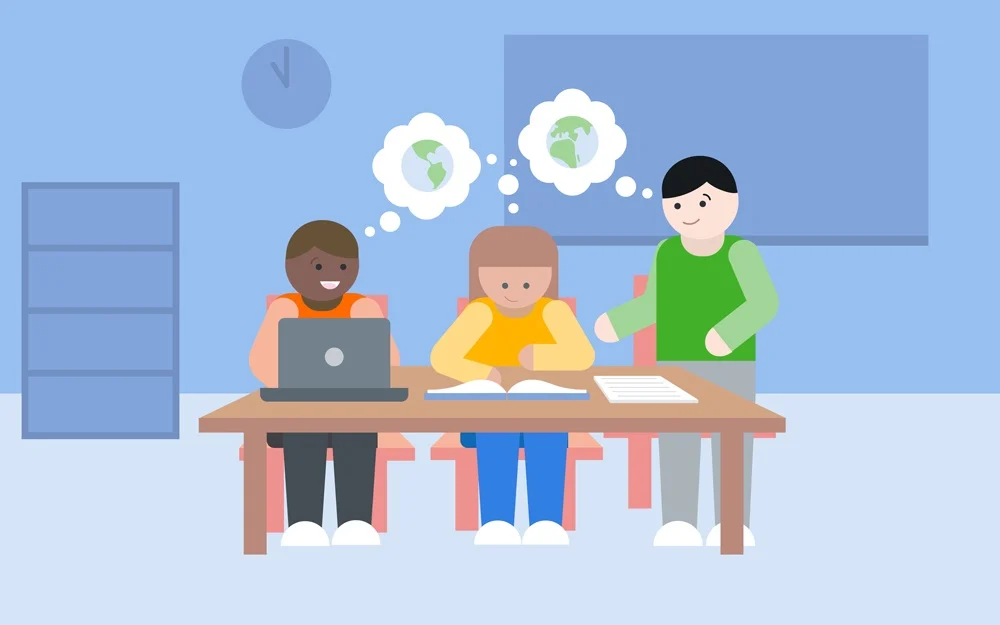
The capacity to tailor learning opportunities for each student is one of the most important advantages of AI in education. AI-powered educational tools can design personalized learning pathways for students by analyzing vast amounts of data on their learning preferences, styles, and abilities. With the aid of this personalized learning strategy, students can learn faster and more effectively, which can improve their scholastic performance.
2. Intelligent Tutoring Systems
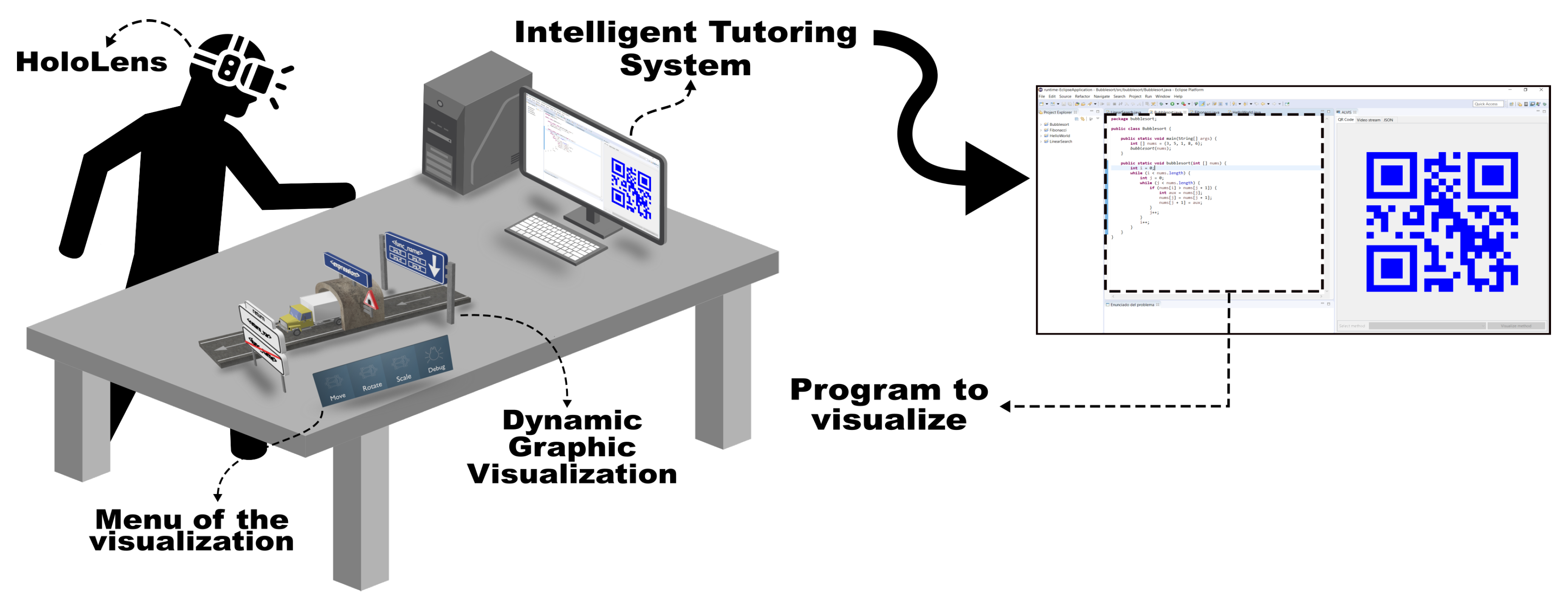
AI-powered intelligent tutoring systems can evaluate students' conceptual comprehension, give them immediate feedback on their work, and offer more help as necessary. By enabling students to learn at their own pace and in a manner that is specific to their needs, these systems can give them a more engaging and interactive educational experience.
3. Automated Grading
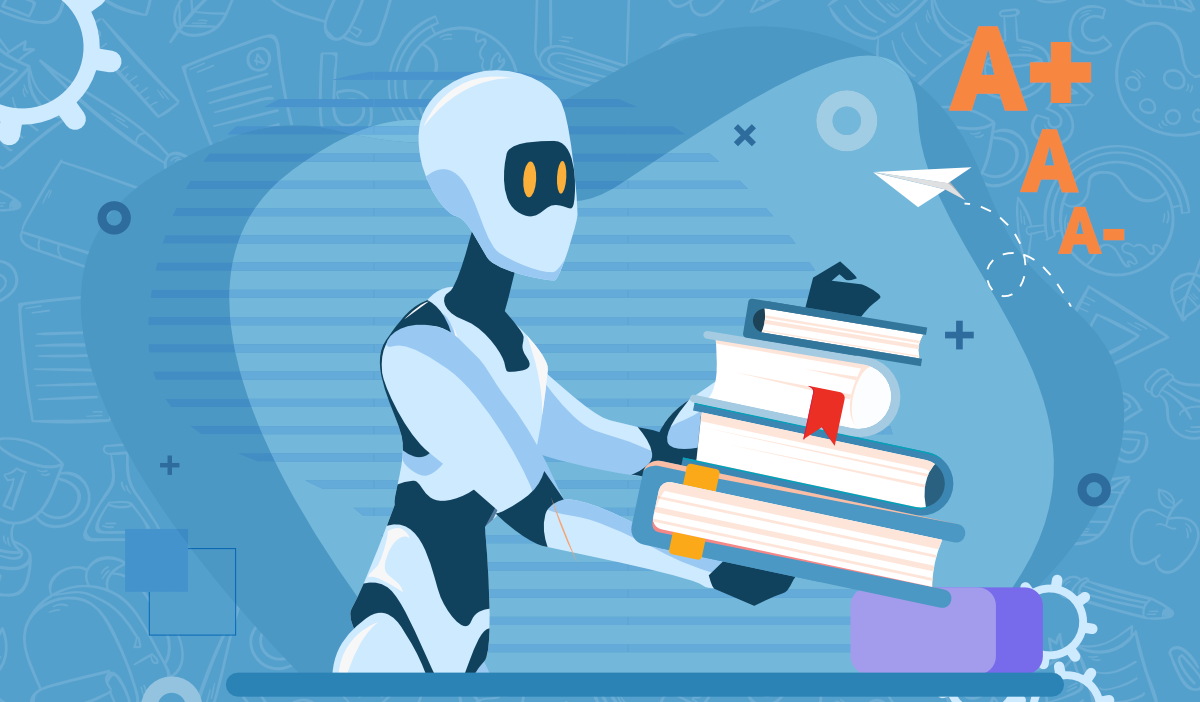
AI-driven systems are able to automate the grading process, freeing up teachers' time so they can concentrate on more crucial duties like giving feedback and interacting with students. Additionally, automated grading systems can lower scoring errors and offer more uniform grading across various classes and instructors.
4. Virtual and Augmented Reality
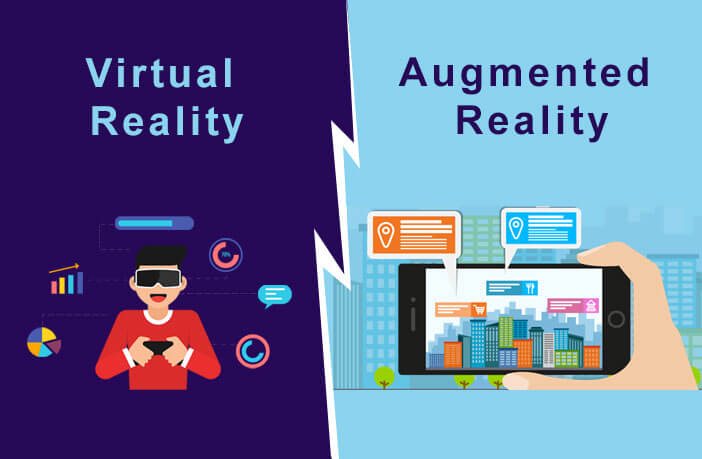
AI-powered augmented reality and virtual reality can give pupils engaging hands-on learning opportunities. For instance, students can use AR and VR to investigate historical sites or carry out virtual science experiments, improving their comprehension of difficult ideas.
5. Support for Teachers

AI-powered tools can help teachers with routine administrative chores, like keeping track of attendance and grading papers, freeing them up to concentrate on instruction and student engagement. AI can also give instructors insights into their students' learning and point out areas that require more assistance.
6. Early Learning Difficulty Detection

AI-powered educational tools can support the early detection of learning problems and offer early interventions. AI can flag possible learning challenges or knowledge gaps by analyzing student data and spotting behavioral patterns. This enables teachers to give students who need more help by identifying their needs. This system is an effective way for handicapped children as well.
7. Predictive analytics
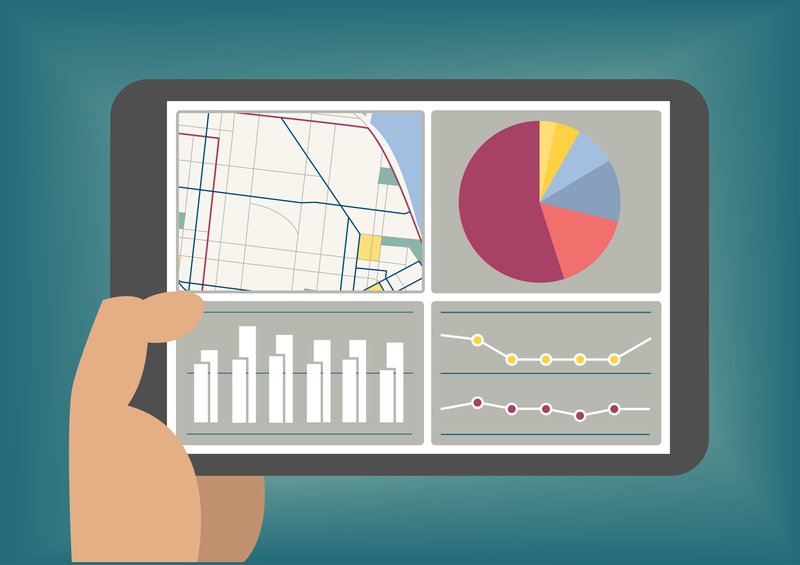
Educational institutions can spot at-risk students and create plans to increase retention rates with the aid of AI-powered predictive analytics. Predictive analytics can spot students who may be at risk of dropping out or having academic difficulties by examining student data such as attendance records, grades, and demographic data.
8. Adaptive Assessments
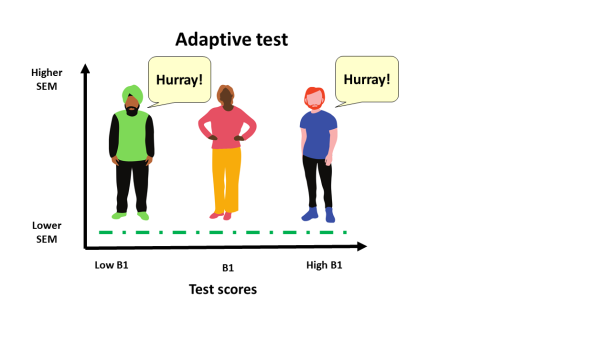
Assessments that adapt to students' abilities and give a more accurate image of their knowledge and skills are adaptive assessments, which AI powers. Customized tests can pinpoint areas where students might require more assistance or challenge, giving a more thorough evaluation of their learning.
9. Collaboration and Communication
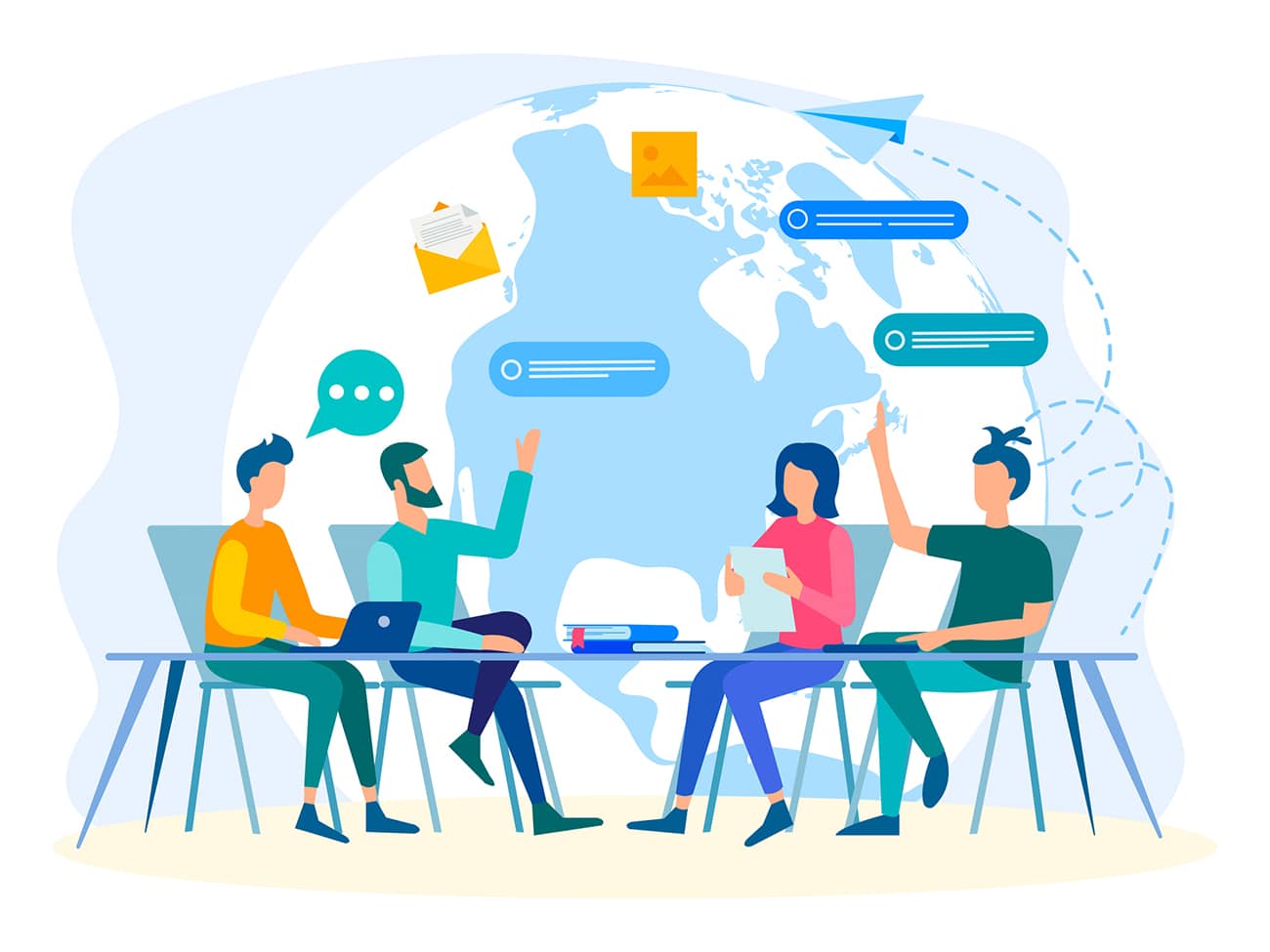
AI-powered tools can help students and instructors collaborate and communicate, even in distance learning or virtual environments. For instance, AI-powered chatbots can instantly respond to queries from students, and collaborative platforms can let them collaborate on assignments and projects.
10. Continuing Education and Professional Development
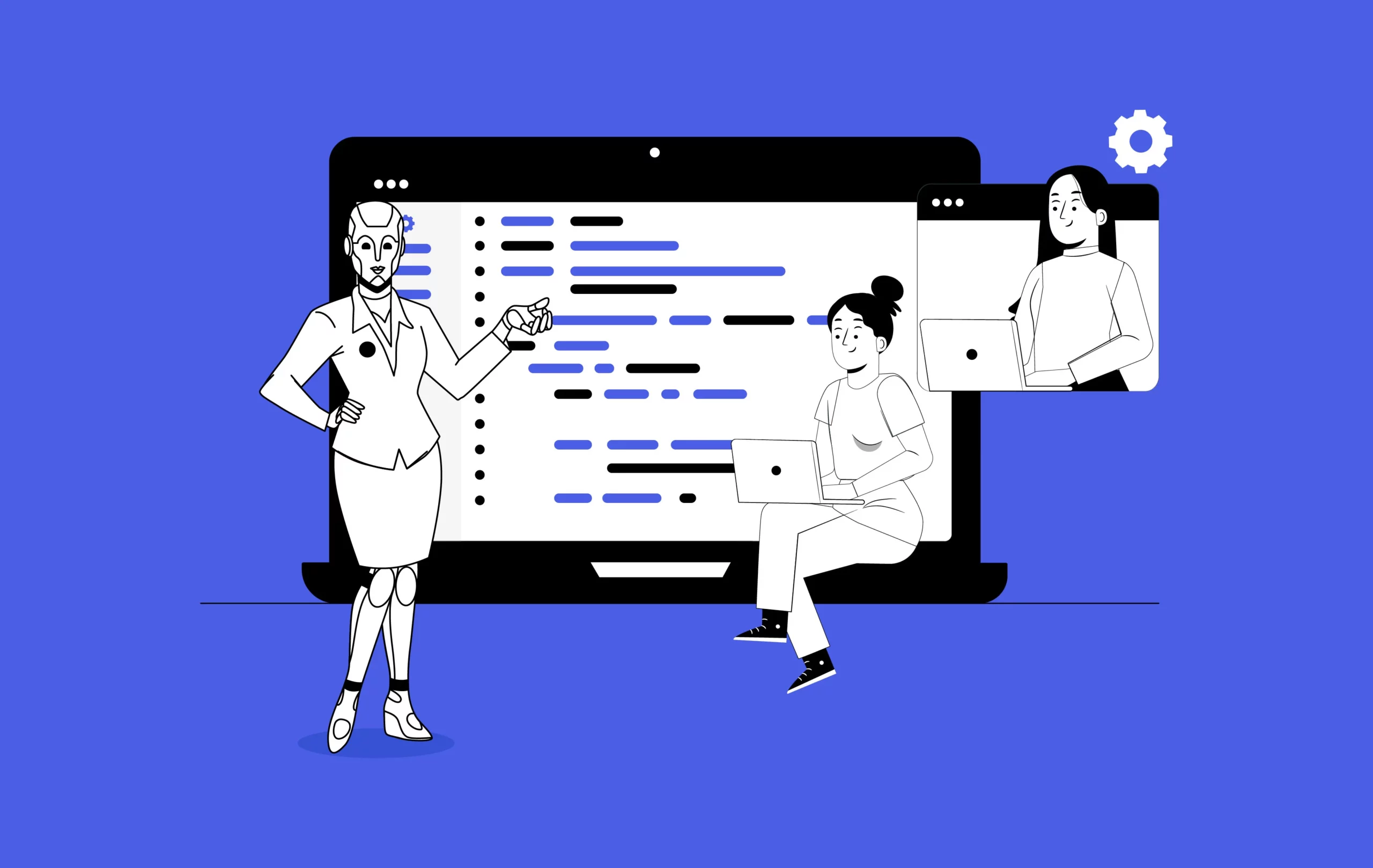
AI can be used to support the ongoing education and professional growth of educators, including teachers and other professionals in the field. For instance, teachers can receive personalized professional development suggestions from AI-powered tools based on their areas of interest and expertise.
11. Accessibility
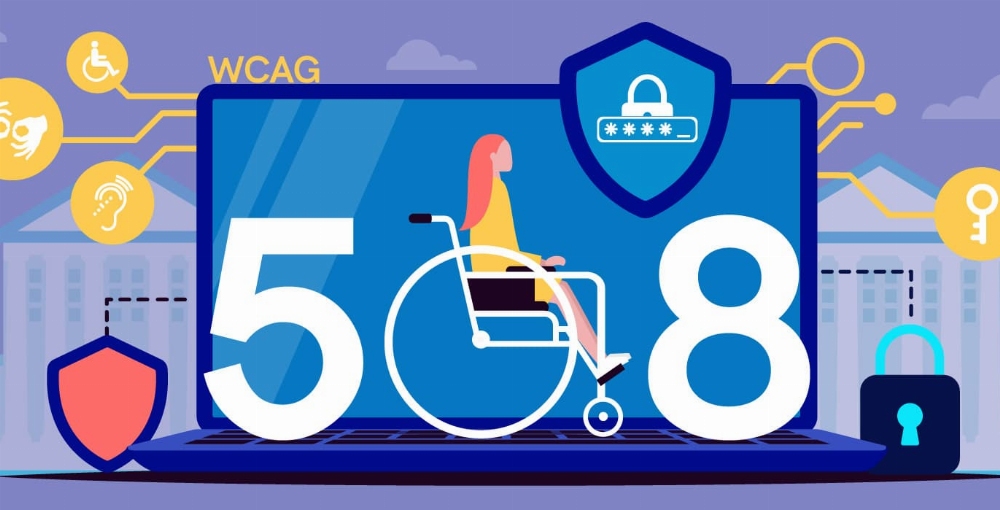
By offering assistive technologies like text-to-speech, speech-to-text, and screen readers, AI can make it easier for individuals with disabilities to use the internet. By removing obstacles to learning, these tools can guarantee that all kids have equitable access to educational materials.
12. Communication for handicapped children
AI-powered tools can facilitate communication between parents, instructors, and peers of handicapped children. For instance, chatbots can offer immediate assistance and answers to queries, while speech recognition software can improve communication for kids with speech impairments.
Overall, AI is expected to have a significant and wide-ranging impact on the education industry. While challenges and concerns must be resolved, AI-powered education's possible benefits are significant, including personalized learning processes, improved student outcomes, and enhanced cooperation and communication among students and teachers.
Conclusion
In conclusion, personalized learning, clever tutoring systems, automated grading, augmented and virtual reality, and teacher assistance are likely to define education in an AI-driven world. While there are undoubtedly difficulties with using AI in education, there are also major potential advantages that could change how we teach and learn.
Want to know how to build and implement these AI use case? Labellerr is here to help you out.

Simplify Your Data Annotation Workflow With Proven Strategies
.png)


